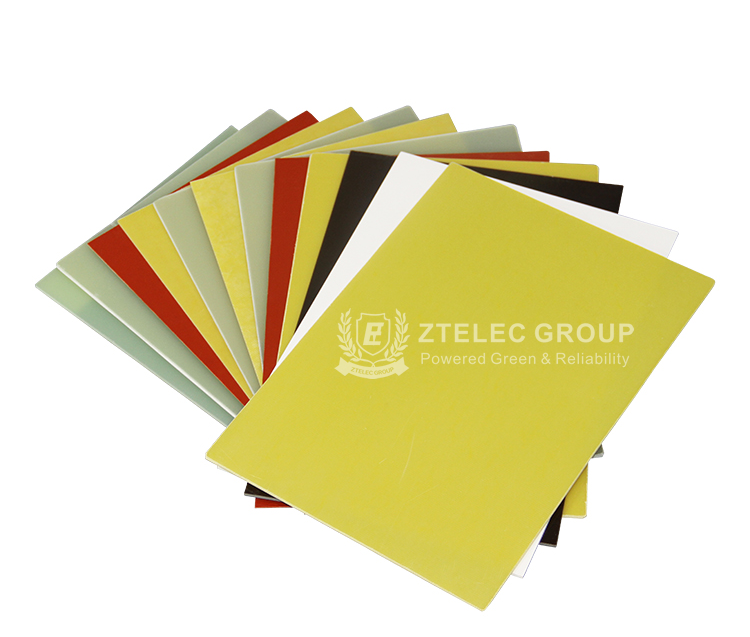Epoxy board, also known as epoxy resin board or epoxy glass fiber board, is a composite material made of epoxy resin as the main raw material, with auxiliary materials such as curing agent and filler added, and made through high temperature and high pressure molding process. It has excellent electrical insulation performance, mechanical strength, chemical corrosion resistance and heat resistance, so it is widely used in electronics, electrical appliances, aviation, aerospace and other fields.

- Choose the right epoxy board
When choosing epoxy board, its performance indicators need to be determined according to the actual application scenarios and requirements. The following aspects should be considered:
(1) Electrical insulation performance: The electrical insulation performance of epoxy board is one of its most basic properties, usually expressed by volume resistivity and surface resistivity. When choosing epoxy board, it should be ensured that its electrical insulation performance meets the use requirements.
(2)Mechanical strength: The mechanical strength of epoxy board includes tensile strength, compressive strength, bending strength, etc. When choosing epoxy board, it should be ensured that its mechanical strength meets the use requirements.
(3) Chemical corrosion resistance: The chemical corrosion resistance of epoxy board refers to its stability in chemical media such as acid, alkali, and salt. When selecting epoxy board, ensure that its chemical corrosion resistance meets the use requirements.
(4) Heat resistance: The heat resistance of epoxy board refers to its stability in high temperature environment. When selecting epoxy board, ensure that its heat resistance meets the use requirements.
(5) Dimensional stability: The dimensional stability of epoxy board refers to the degree of dimensional change under certain temperature and humidity conditions. When selecting epoxy board, ensure that its dimensional stability meets the use requirements.
- Processing and installation of epoxy board
(1) Cutting: Epoxy board can be cut as needed to meet the requirements of different sizes and shapes. When cutting, special cutting tools such as grinding wheel cutters, laser cutters, etc. should be used to ensure that the cut surface is smooth and burr-free.
(2) Punching: Epoxy board can be punched to meet the needs of installation and connection. When drilling holes, special drill bits, such as high-speed steel drill bits and carbide drill bits, should be used to ensure the accuracy of the hole diameter and the smoothness of the hole wall.
(3) Bonding: Epoxy boards can be connected to other materials by bonding. When bonding, special epoxy resin adhesives, such as two-component epoxy resin adhesives and single-component epoxy resin adhesives, should be used to ensure bonding strength and durability.
(4) Installation: There are many ways to install epoxy boards, such as bolting, riveting, welding, etc. During the installation process, attention should be paid to maintaining the flatness and verticality of the epoxy board to ensure its normal use.
- Maintenance and care of epoxy boards
(1) Cleaning: During use, epoxy boards should be cleaned regularly to remove dust, oil and other contaminants on the surface. When cleaning, use a soft cloth to wipe and avoid scratching with hard objects to avoid damaging the surface.
(3)Inspection: During use, epoxy boards should be inspected regularly to detect and deal with potential problems in a timely manner. The inspection contents include electrical insulation performance, mechanical strength, chemical corrosion resistance, heat resistance and other aspects.
(3) Repair: If the epoxy board is damaged or its performance deteriorates during use, it should be repaired or replaced in time. Professional techniques and methods should be used during repair to ensure that the performance after repair meets the original design requirements.

